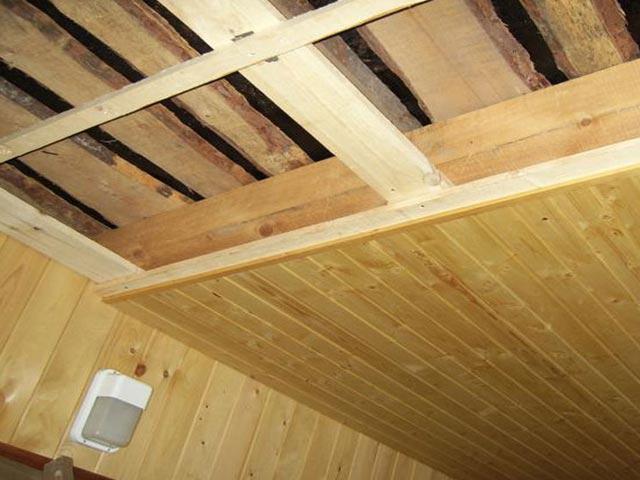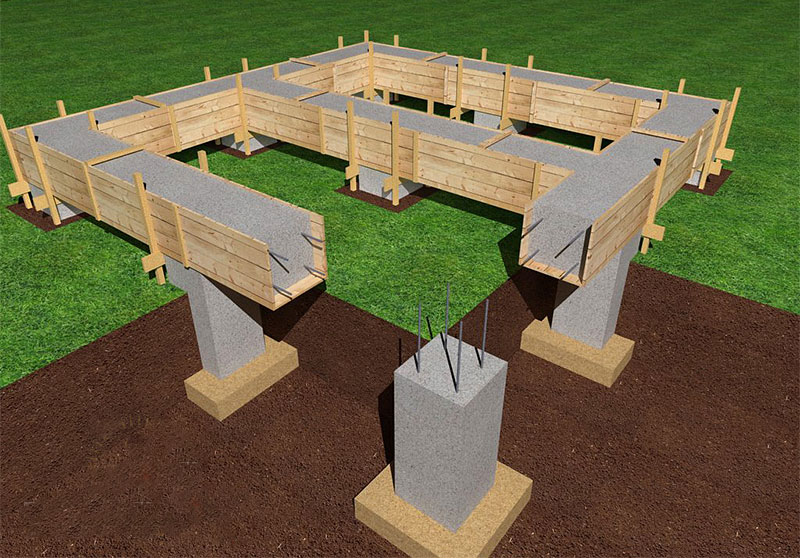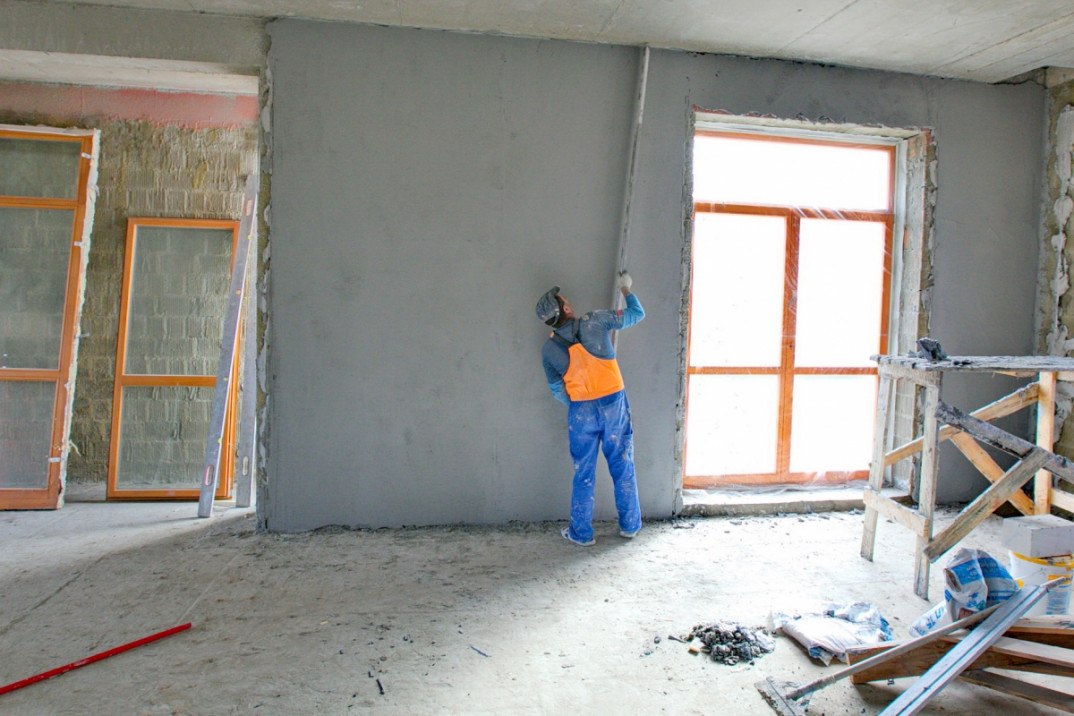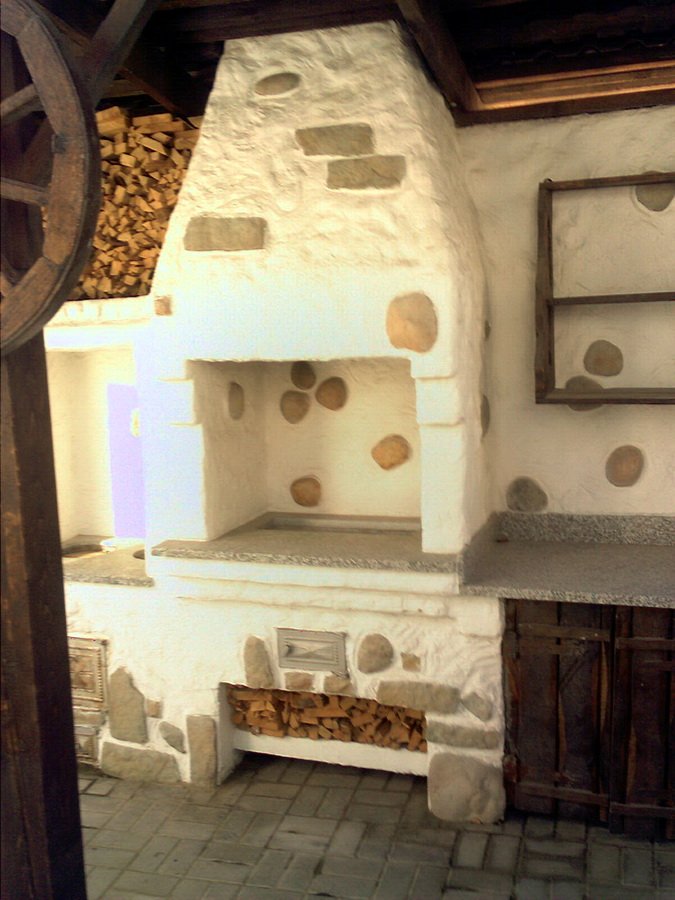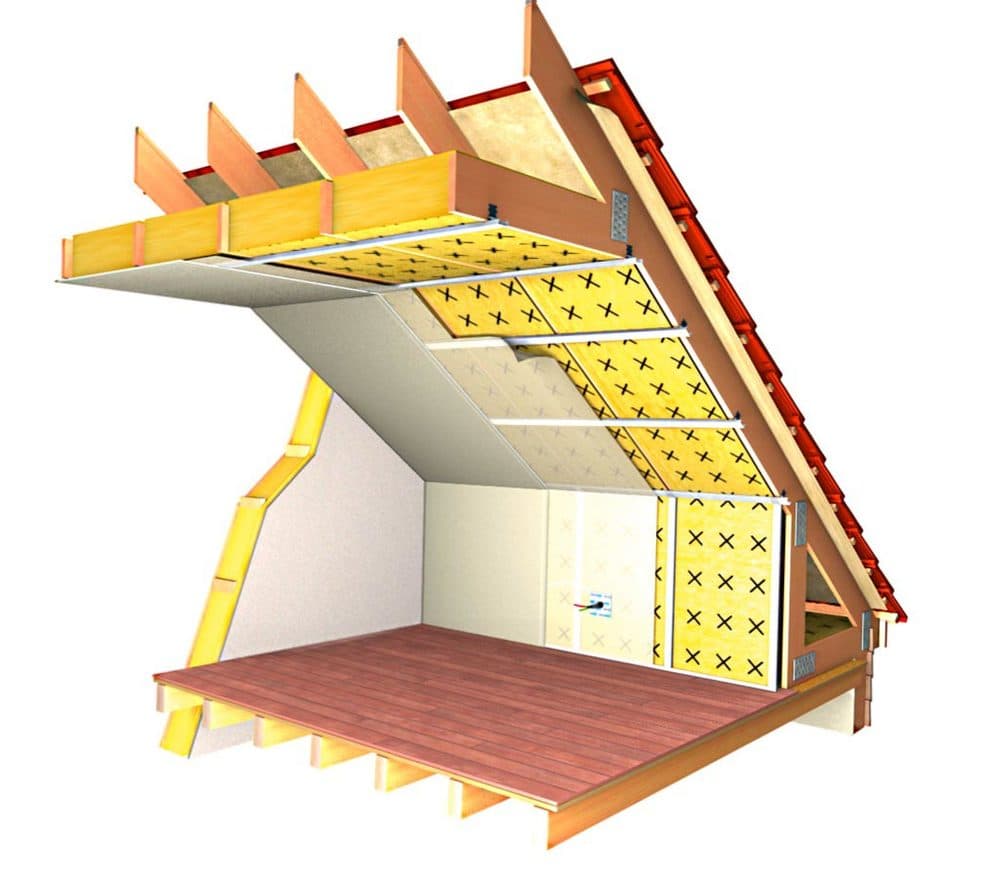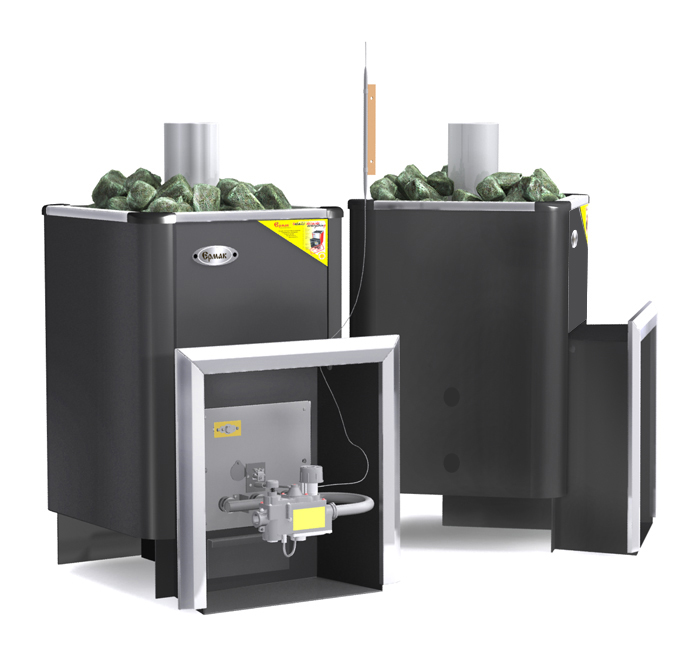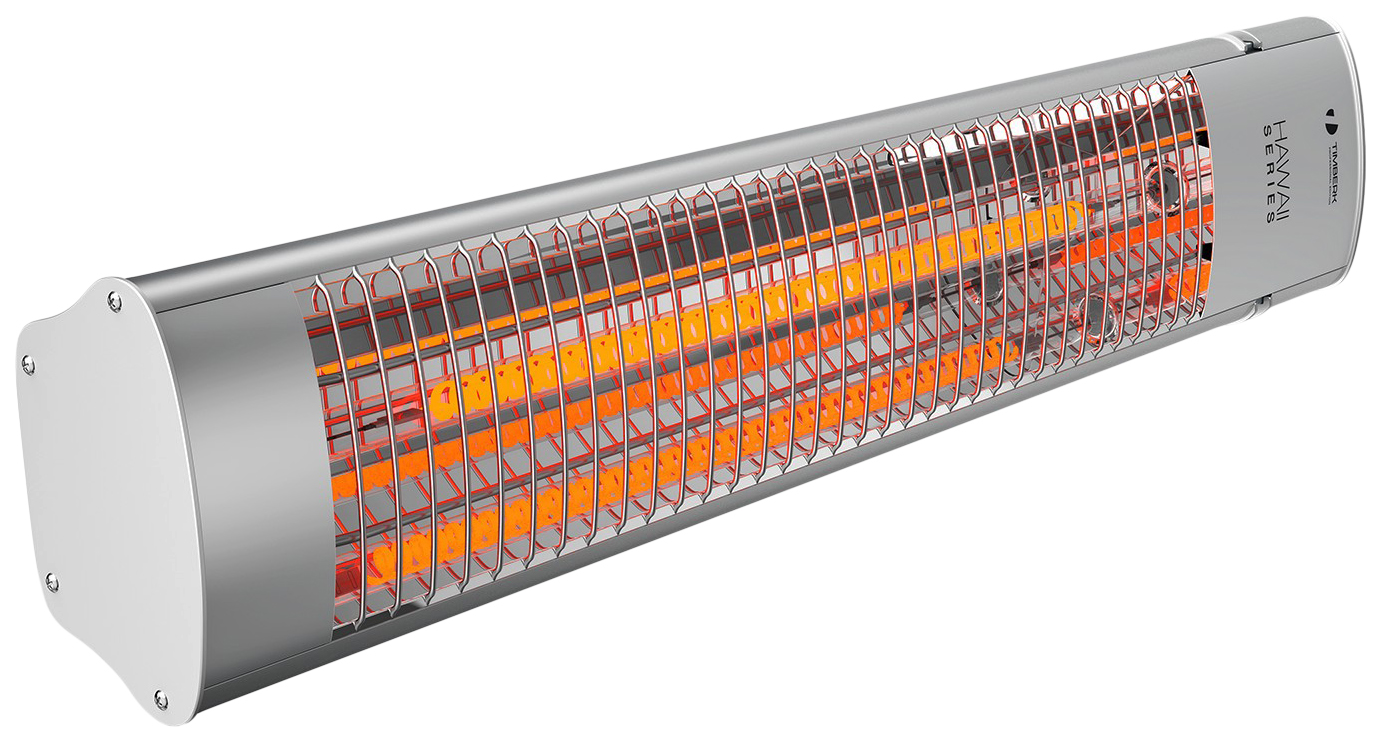The issue of organizing heating of industrial facilities is decided at the stage of their design. This takes into account all possible factors of influence - both external and internal. They determine the choice of the optimal scheme, taking into account the minimization of costs and a positive effect on the production process. What elements do industrial heating systems consist of: boilers, radiators, pumps or other additional equipment?
Requirements for the organization of industrial heating
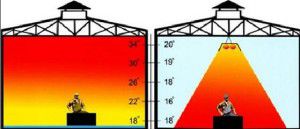
When creating a system for maintaining the required temperature regime in production facilities, the current standards are compulsorily observed. Most of them are described in SP 2.2.1.1312-03... According to this document, industrial heating batteries, boilers and other elements of the system are selected.
The first step is to determine the type of heating system. Currently, there are 2 types - zonal and general. The first is intended for the point maintenance of the temperature regime. Most often these are infrared industrial heating systems. They are characterized by economical operation and the ability to quickly adjust the degree of heating.
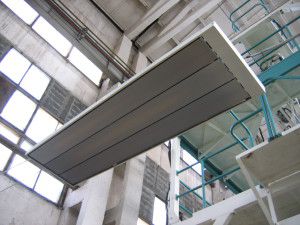
If it is necessary to maintain the temperature level throughout the volume of the room, then the best option would be to install a pipe circuit. It can be industrial gas heating, electric or solid fuel boilers. In addition, when choosing a specific scheme, the following factors are taken into account:
- Features of the production process... In particular, the optimal temperature level and the possibility of its rapid regulation;
- Heat loss of the building... It is not always possible to make effective insulation. In this case, it is best to install a zone industrial air heating;
- Energy cost... To a greater extent, this refers to the planned production costs, which will ultimately affect the cost of production;
- The cost of equipment, components and labor costs for their installation... According to this parameter, the most effective are infrared and air heating of industrial premises.
To determine the best option, you need to perform a lot of calculations. But there are already well-known "pluses" and "minuses" characteristic of certain systems.
SP 2.2.1.1312-03 does not provide recommendations on the choice of a specific heating system. This regulatory document describes the mandatory requirements for the temperature regime of heating and ventilation.
Industrial elements of hot water heating
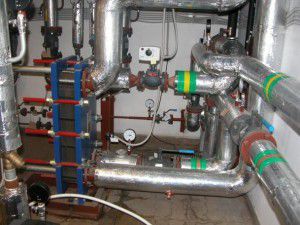
This system will be the best option if you need to maintain a comfortable temperature level over the entire or large area of the production room. It is similar to the autonomous heating scheme, with the exception of some nuances. The main one is the long length of the transport line for the coolant and industrial gas heating boilers or their analogues operating on another type of fuel.
There are two types of water heating of an industrial building - autonomous and connection to a heating main.For the latter, an elevator unit is necessarily organized, which reduces the readings of the temperature of the coolant and its pressure to normal.
For an autonomous system, industrial heating boilers are used. They differ not only in power, but also in the type of energy carrier used. Also, special attention is paid to the design of radiators. The specificity lies in the fact that for industrial premises with a small (up to 200 m²) and medium (up to 500 m²) area with a ceiling height of up to 3 m, it is necessary to ensure maximum heat transfer. For this, industrial convectors for hot water heating must have a large area.
What can replace expensive industrial heating radiators? The best option is register production. They are pipes with a diameter of 50 mm or more, interconnected by jumpers for water circulation.

The operational features of these elements are as follows:
- An increase in the concentration of the coolant in a certain section of the system, which leads to an increase in heat transfer;
- Possibility of self-production;
- An increase in the hydrodynamic load, which is compensated by the installation of pumping equipment of greater power.
The defining difference between registers and industrial convectors for hot water heating is the absence of heat exchange plates. They are designed to better transfer heat energy from the surface of the radiator pipe to the room. Making them yourself, without the use of special equipment, is very problematic. That is why industrial electric heating boilers are equipped with similar elements.
Factory heating radiators for industrial buildings with heat exchanger plates have a higher heat dissipation. But at the same time, their cost is significantly higher than that of heating registers.
Industrial gas heating boilers
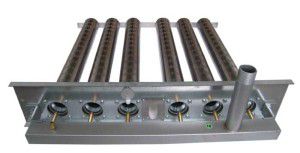
One of the differences between industrial models of gas boilers is the type of burner. Structurally, it is a matrix consisting of several sources of thermal energy.
Thus, heating radiators for industrial premises receive a hot heat carrier with the highest possible temperature. In this regard, the combustion chamber in industrial gas heating boilers is much larger than that of household ones. This makes it possible to increase the rated power of the equipment.
The principal difference in the choice of equipment is the type of gas used:
- Natural gas... To do this, you need to connect to the central highway. The equipment is selected taking into account its characteristics - the amount of incoming gas, its pressure;
- Liquefied gas... Relevant for the creation of fully autonomous heating systems for industrial facilities. As a storage place, special containers are used - gasholders. Despite the increased initial costs, heating with liquefied gas has clear financial advantages over similar electric or solid fuels.
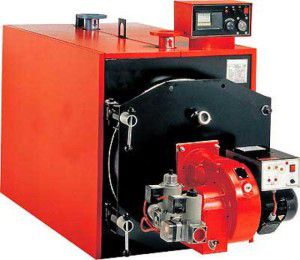
For all types of gas equipment, industrial heating batteries can be used. It is important that they correspond to the selected temperature regime.
In most cases, single-circuit boiler models are used to organize industrial gas heating. If it is necessary to make additional hot water supply, they install indirect heating tanks (heat accumulators) connected to the mains.
An important point when choosing a gas boiler is the possibility of replacing the burner. So you can increase its rated power without buying the rest of the components - a housing, a heat exchanger.
| Model name | power, kWt | Price, rub |
| Euroterm KTN 1.100 CE | 96 | 111000 |
| Protherm Grizzly 100 KLO | 70/99 | 152000 |
| Ross Lux AOGV-96 | 96 | 68725 |
| Fondital Bali RTN E 90 | 90 | 81800 |
Condensing gas boilers have the highest efficiency index. But their cost is 45-50% higher than the classic ones.
Industrial electric heating boilers
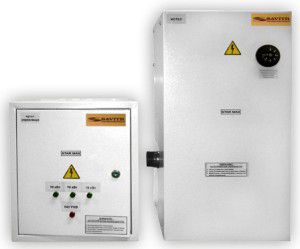
In the absence of the possibility of connecting to a gas main or organizing a storage system for liquefied fuel, the only option is electric heating. Despite the highest financial maintenance costs (energy cost), the installation of industrial electric heating boilers has a number of advantages. First of all, they include the low inertia of the equipment. Unlike gas counterparts, the heating element heating level is adjusted quickly. When installing additional control equipment, changing the degree of heating of the coolant supplied to industrial convectors for water heating will be operational. This will lead to lower operating costs.
In addition to this factor, the following specific points of operation of electric boilers should be taken into account:
- No chimney... This means that the boiler will not be tied to the chimney, like gas or solid fuel counterparts;
- Softer requirements for the arrangement of the boiler room... The main condition is a properly made ground loop and selected electrical wiring;
- When installing a multi-tariff meter and heat accumulator you can heat the coolant at nightme when the rates are minimal.
During the preliminary calculation of the heating of an industrial building, it must be borne in mind that the initial cost of an electric boiler will be 20-25% lower than that of a similar gas boiler.
| Model name | power, kWt | Price, rub |
| Titanium 105/380 | 105 | 42160 |
| Eurotherm EK-N 90 | 90 | 35350 |
| Teplomash EKO-1 105 | 105 | 72000 |
| Teplomash EKO1 180 | 180 | 158900 |
One of the determining factors is the availability of pumping equipment and an expansion tank in the configuration. For models whose power exceeds 130 kW, it is often not included in the design.
When choosing an electric boiler, it is necessary to analyze its maintainability. In particular, the possible replacement of the heating element.
Industrial air heating
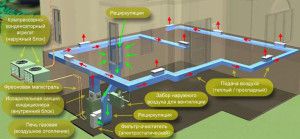
Often, engineers are faced with the difficult task of organizing the microclimate in a production room - to make an optimal heating heating system in combination with effective ventilation. This applies to such industries as chemical, food and woodworking. In this case, the best option is to combine the two systems into one. This will require the installation of industrial air heating.
Most often, it is made zonal - heating does not occur throughout the room, but only at workplaces. Such a scheme provides several advantages - energy savings, minimization of the cost of arranging the system and the use of highways for air conditioning or as hoods.
Unlike industrial heating boilers, the main working element of the air is the climate system, which combines several functions. These include the supply of heated air to the consumer and air exchange in the working room.
For air heating of industrial premises, the following elements are required:
- Air heating unit... It can be part of the climate system;
- Channels for conveying heated air... They are made of galvanized or stainless (which is rare) steel;
- Air dampers with louvers... Allows you to concentrate the air flow in a specific area of the production room;
- Air intake ducts for reuse of air masses and their cleaning system... Optional, but extremely effective addition. Allows to reduce costs, especially in winter.
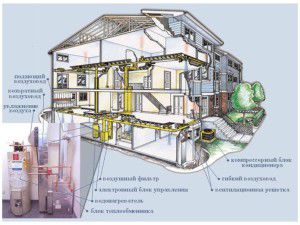
It is noteworthy that the installation of industrial air-type heating does not in any way affect the arrangement of equipment and the general organization of the production process. Unlike heating radiators for industrial premises, it is located in the upper part of the room at a height of 2 meters or more.
When calculating the cost of air heating in industrial buildings, heat pumps account for most of the costs. Their main characteristic is the volumetric flow rate. It is also taken into account when calculating the heating system of an industrial building. The average cost of equipment for a room with an area of up to 600 m² is 700-750 thousand rubles.
To reduce heat loss, thermal air curtains can be installed above doorways.
Industrial infrared heating
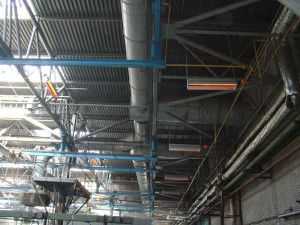
An alternative way to organize heating is to install infrared heaters. They generate heat waves in the infrared range, heating not the air, but the surface of objects that fall into the area of their work.
Due to this, when calculating infrared industrial heating systems, you can not take into account the size of the room. It is important to know only the heat loss of the building and to correctly distribute the heaters over the work areas. In many ways, this type of heating is similar to air heating of industrial workshops and premises. But unlike it, there is one significant difference - there is no need to install pipelines or air ducts. This allows you to make zonal heating of a room without installing elements similar to industrial water heating convectors.
There are two types of IR heating - electric (film or using heating carbon coils) and gas. Since a large amount of thermal energy is needed for effective heating, gas models are most often installed in workshops. In this case, the maximum result is achieved.
Gas industrial heating has the following features:
- The ability to regulate the power of each device separately;
- The area of propagation of infrared radiation depends on the area of the reflector. When it increases, the heating rate decreases;
- It can be used as an additional one in the presence of a system with an industrial gas heating boiler.
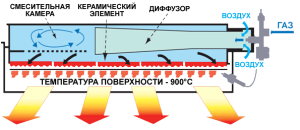
However, when designing, it is necessary to take into account the direct dependence of the installation height of the heater on the area of its operation. At a considerable distance to the object (over 4 meters), infrared radiation is scattered. This reduces the efficiency of infrared industrial heating.
Unlike industrial heating radiators, the surface of infrared heaters heats up only in the reflector zone. This is the cheapest element in the design that you can replace yourself.
The vast majority of IR gas heaters run on natural gas only.
How is the calculation of an industrial heating system done
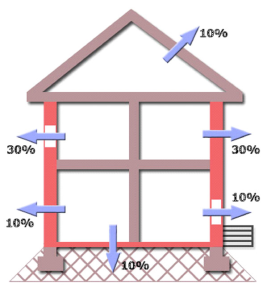
Efficiency, primary and fixed costs for its organization will depend on the correctly performed calculation of heating an industrial building. An important point is the initial choice of the type of heating system - water, air or infrared. Based on this, the optimal set of equipment and components is selected, as well as the method of their installation.
What to consider when choosing an industrial heating boiler and other system components:
- Heat loss in the building... It is they who will largely determine the planned capacity of the equipment - a boiler, an IR heater or a thermal curtain;
- Room volume and location of windows and doors... It is important for choosing the place of installation of industrial heating batteries;
- Energy carrier type... For the installation of industrial electric boilers in the heating system, it is necessary that the power of the input power line corresponds to the parameter of the equipment.
These are just the basic parameters required to calculate the heating system of an industrial building. The type of production and working conditions are also important. Therefore, heating systems are calculated taking into account the operational characteristics of the building and the technology of the production itself.
It must be remembered that all industrial heating systems, including boilers, radiators, pumps, must comply with the design parameters. They are determined only after all calculations have been performed.
In the video, you can familiarize yourself with the specifics of heating large rooms.

